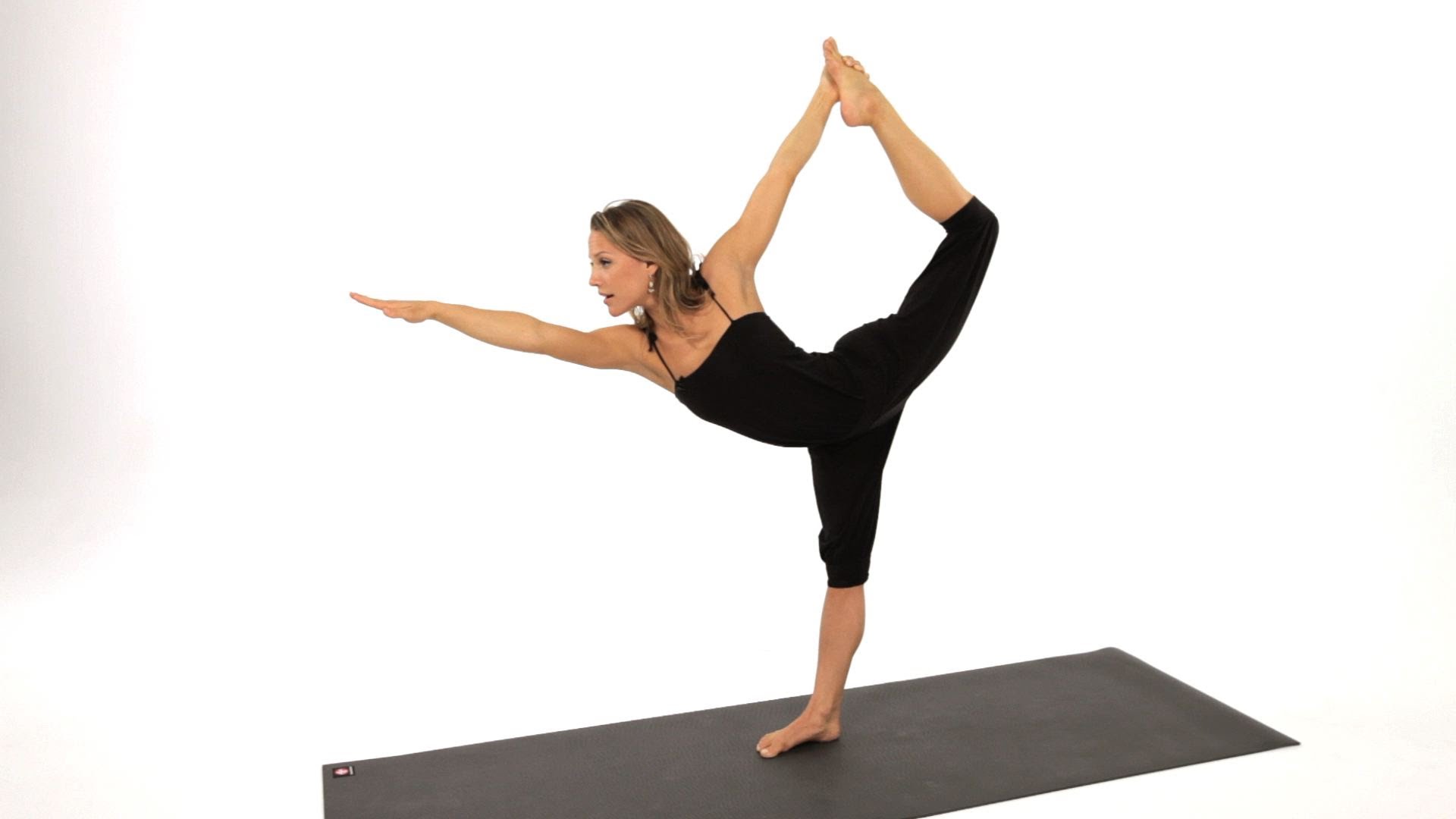Advantages Of Balancing Asanas
BALANCING ASANAS
This series of asanas develops the practitioner’s sense of balance and help to improve coordination between different parts of the body, so that the practitioner is able to move more efficiently and gracefully. Most people waste much energy by moving their limbs without synchronization with the rest of the body. The result is less work with more effort. These asanas develop the cerebellum, the brain centre that controls fine movements of the body.
To execute these asanas successfully, concentration is absolutely necessary to maintain equilibrium. Balancing poses help to improve the practitioner’s powers of concentration in other fields of activity. They also induce nervous balance and remove stress, anxiety and worries. If you feel particularly tense at any time, do one or more of these asanas for as long as possible.
Many beginners find balancing asanas reasonably difficult at first, as most people do not develop their sense of balance to a very high degree during normal life. However, the body is very adaptable and the beginner will find the sense of balance developing quickly after a few weeks regular practice.
When practising these postures it is most important that the mind is steadied through concentration on one point. Gazing at a black spot or a mark on the wall while practising the poses allows the body to maintain seemingly difficult positions for long periods of time.
Next Part…




Facebook Comments